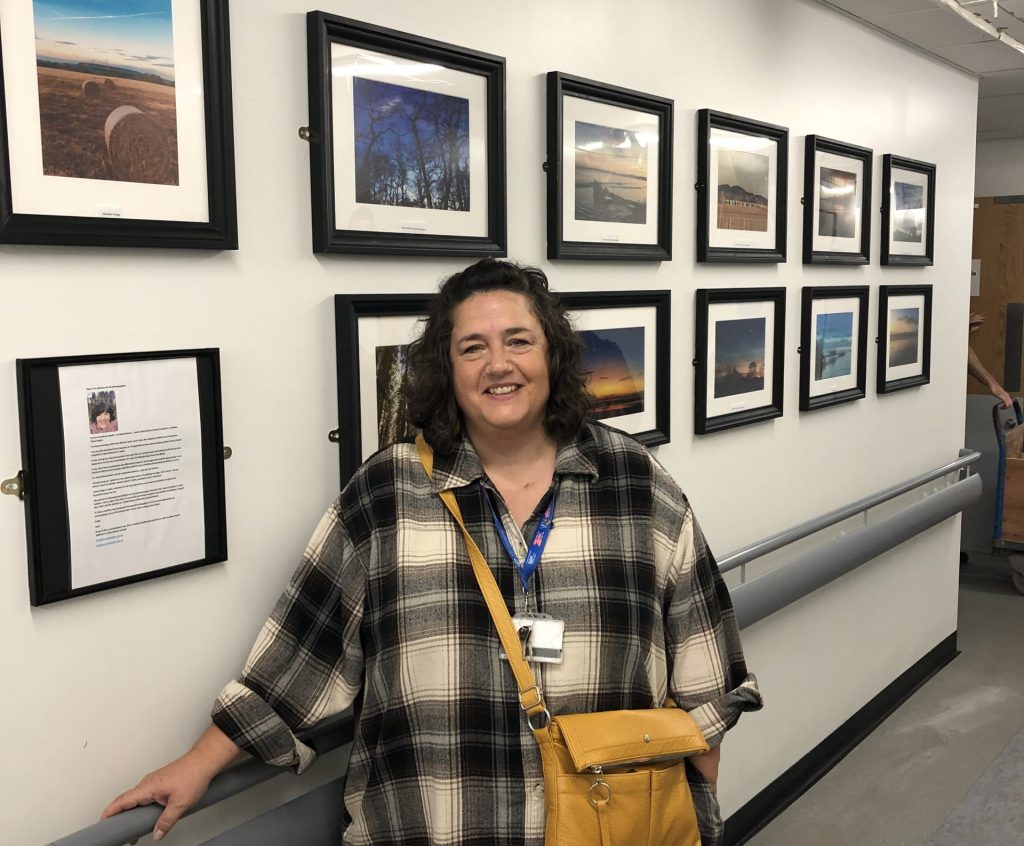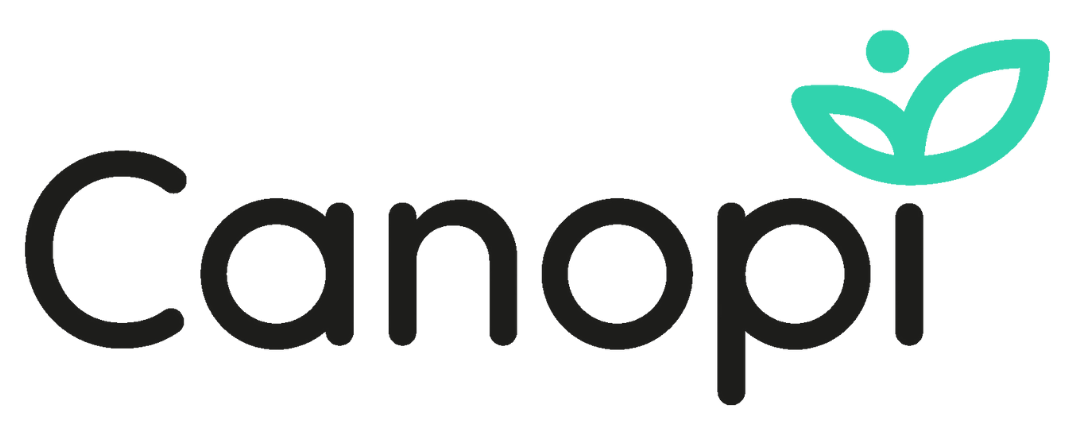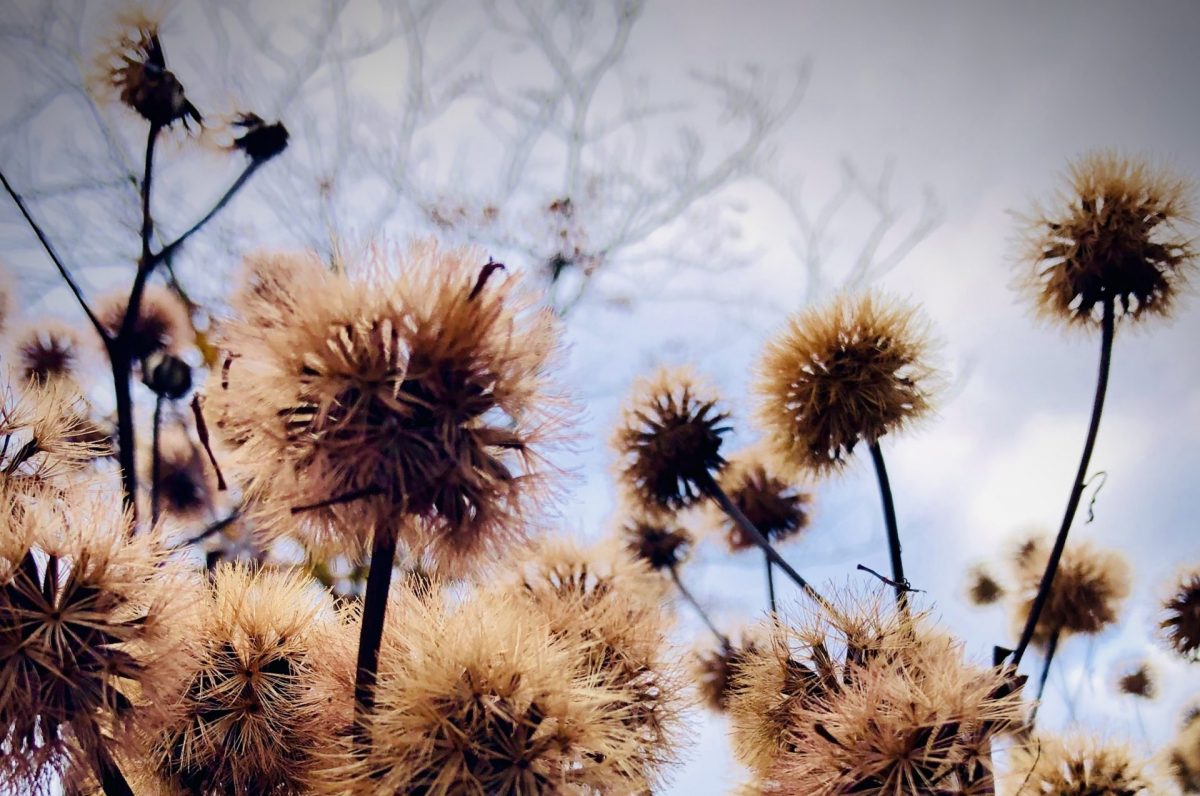Tell us about yourself
Hi, I’m Julia, a Cardiac Physiologist based in Prince Charles Hospital in Merthyr. Despite working in a clinical role for 26 years now, I have always considered myself creative: with interests ranging from reading, drawing, and painting to local history and being in nature. I probably have too many interests to mention!
I’d always loved art but never had enough confidence to pursue it, until six years ago when I was going through a ‘tricky’ time in my life. I had been diagnosed with fibromyalgia and psoriatic arthritis, as well as experiencing several life changes such as divorce and bereavement. I began to use abstract painting as a mode of recovery.
Since then, art and photography has continued to be a grounding practice in my life, such as in 2022 when I lost my home and dog in a house fire, and my daughter and I received a diagnosis of ADHD.
How has painting helped your wellbeing?
Counselling, artwork, and journaling have helped me to process what has happened in my life – I need them as much as my daily medication.
When I paint or take photographs, I can immerse myself within it and go with the flow. I have no real method when I paint, being more drawn to textures, colours and shapes as opposed to real-life objects and portraits.
Our brains are automatically wired to highlight negative thoughts, so having accessible visual prompts like this keeps me on track. Even on my not so good days, I can sit quietly in the house, often at night when there is less distraction and just paint.
I also find it useful to use my photography as a visual diary. When I’m not feeling so good, I can look back to remind myself of where I’ve been, what the weather was like, the animals I saw, or anything else that brought me joy that day.
Finding confidence and exhibiting my work
Art has become more than a ‘prescriptive’ practice for me over the years. Sharing my work with friends, family and Esyllt George, Arts Coordinator for Rhondda Cynon Taff (RCT) boosted my confidence, leading to an exhibition at the Traumatic Stress Wales conference last February.
I showed a collection of abstract paintings called ‘Coming back to me’. Art has always allowed to me ‘come back to myself’ and re root. Little did I know that my work would resonate with so many people at the conference.
The feedback was amazingly supportive. Since the conference, I have enquired about hiring a pop-up space in Cardiff city centre to exhibit (and hopefully sell) some of my work. This would be a dream come true for me.
Benefits for patients and staff in the workplace
Using the arts within clinical settings is known to reduce tension and stress. People respond positively to colour, texture, quiet spaces, and nature, and this has informed design and planning for new hospital buildings. All these things help to make hospital feel much more ‘home-like’.
As ‘Arts in Health Champion’ for the Cwm Taf Health board, I have participated in several projects during COVID to promote patient and staff wellbeing, from bulb planting to displaying photography in the main corridor.
For me personally, taking part in various workshops online since COVID and beyond have allowed me to stay connected without the need to worry about my pain own management.
Physical illness and mental health management is not a linear process. I believe that a one-size-fits-all approach to prescribing doesn’t suit everyone, particularly when it can be trauma or loneliness at the root of their illness. Social prescribing on a large scale is the future.

Art for wellbeing vs. art therapy
Accredited art therapist, Zuleika Gregory said, “Artmaking is recognised for its expressive, somatic, and occupational benefits and made use of in a spectrum of activities, which range from casual doodling, dedicated hobbyists, art for wellbeing to psychoanalytically focused art psychotherapy. For many artists, and art therapists, artmaking is an opportunity to process and explore the self through non-verbal means.
Art for wellbeing can be a form of self-care or nourishing hobby. As we have seen in Julia’s blog, this can be hugely beneficial as a self-directed practice and used in recovery, self-care, and grounding as well to connect and communicate with others. Art for wellbeing can also be an activity or session led by a facilitator. These can take place informally in health and social care settings, within mental health professions such as occupational therapy, through arts in health or artist led scheme and as part of the ‘Arts on Prescription’ schemes that are available through some health boards across the UK.
Art therapy, or art psychotherapy, is a form of psychological therapy that takes place confidentially and offers space for feelings and emotions to be shared between the therapist and client, using art as an additional means of communication. Many art therapists work with the principle that the art in therapy can help uncover and explore unconscious material and see the art as a container for difficult feelings or trauma. Art therapy is facilitated by a qualified art therapist, or art psychotherapist.”
A recent study has piloted the use of art therapy in reducing burnout in oncology and palliative care doctors.
Get involved
The reward for trying new crafts is massive and a great way to socialise without it being majorly stressful or demanding. If you’re not sure how to get started, you might consider:
- Browsing creative courses on Cultural Cwtsh, a creative wellbeing resource for health and social care workers.
- Joining the RCT Arts in Health Champions group (contact Julia on juhannon@outlook.com)
- Accessing other free, self-help resources through Canopi, a mental health support service for NHS and social care workers in Wales.
*Zuleika Gregory is an art therapist who works with young people and higher education students, and also works with the administrative team at Canopi. Zuleika’s article The page as place: how we enter into images as place was peer reviewed and published as part of the International Journal of Art Therapy’s early career researcher prize.

